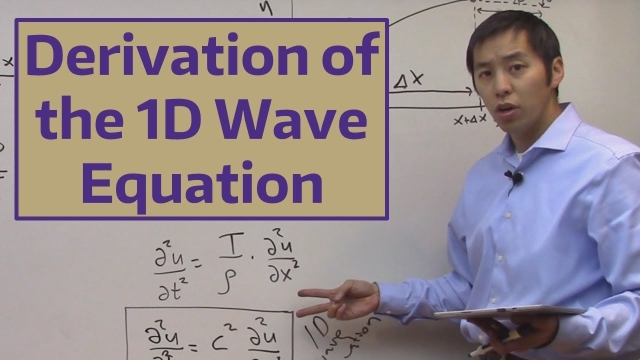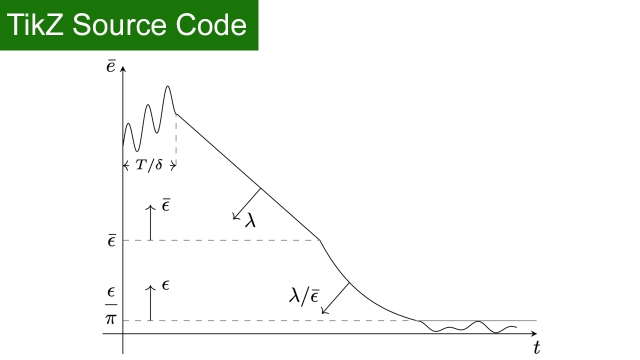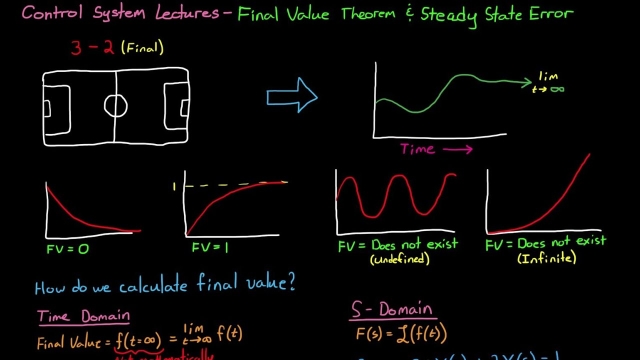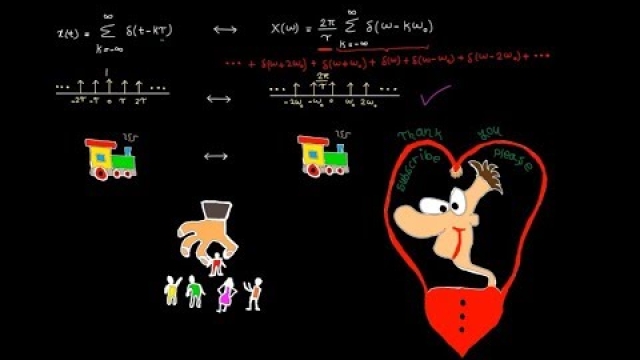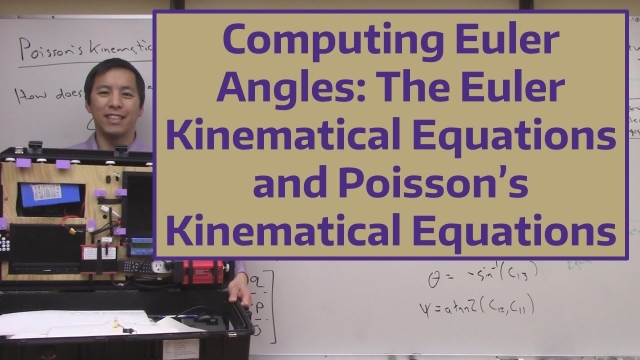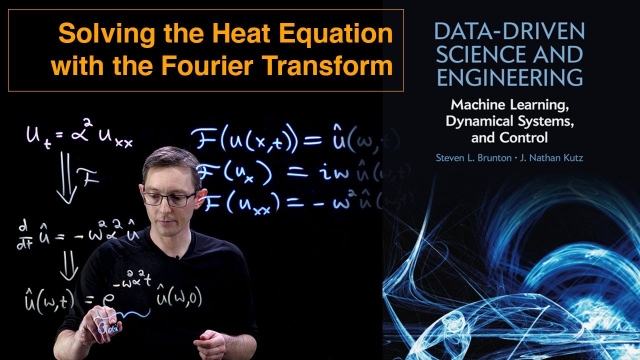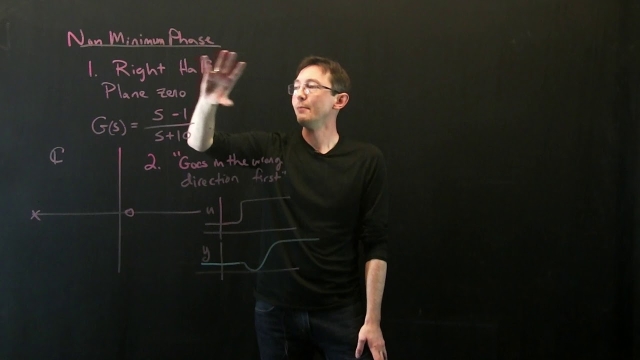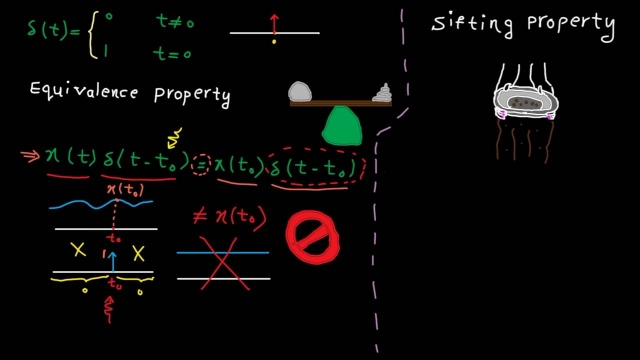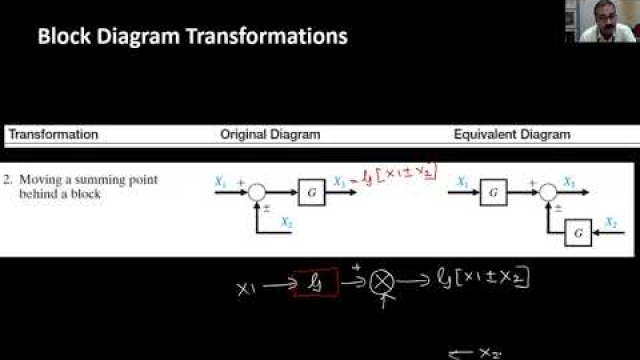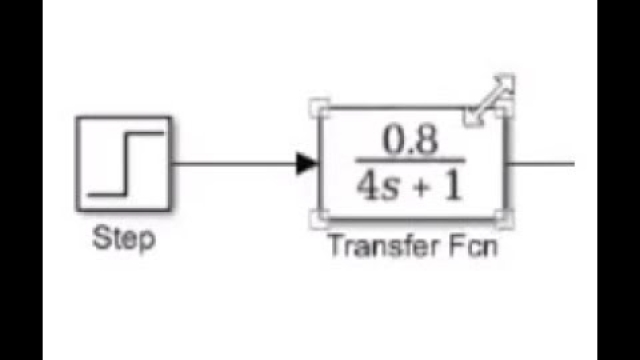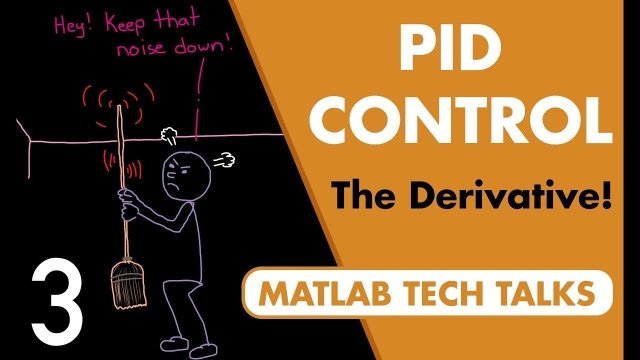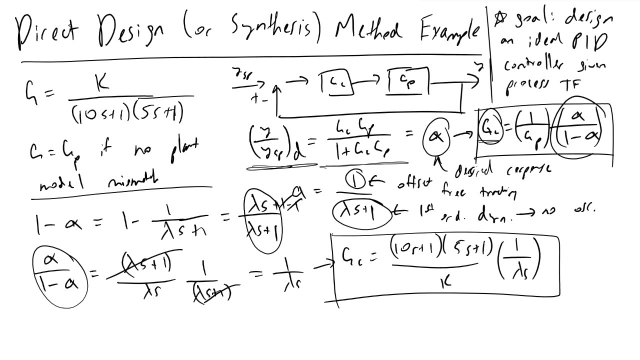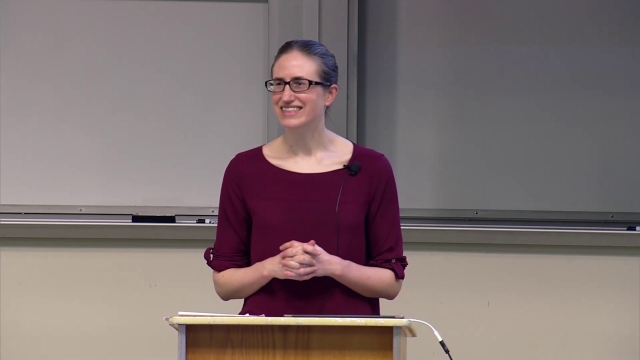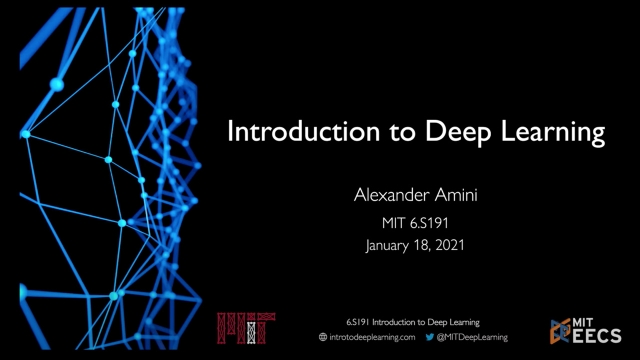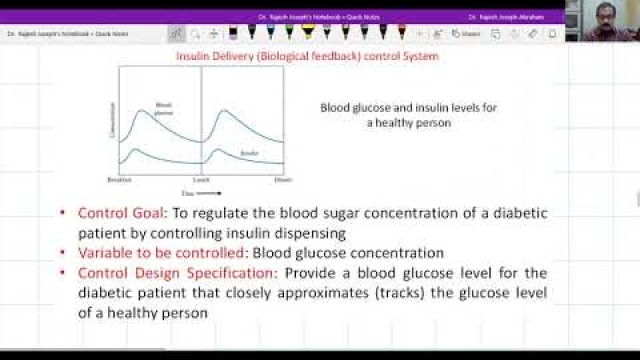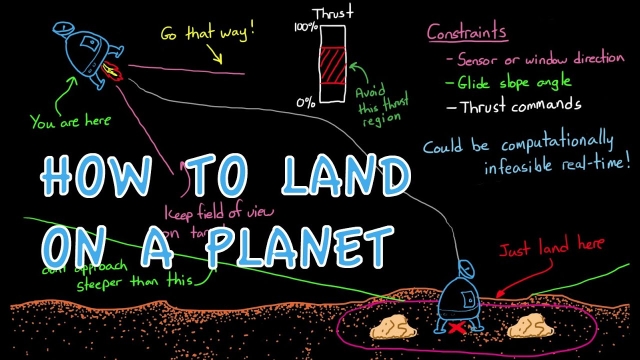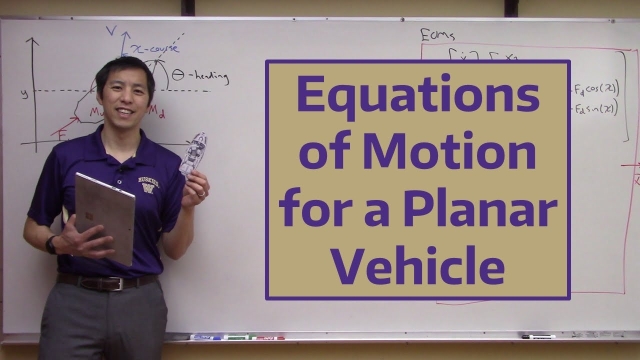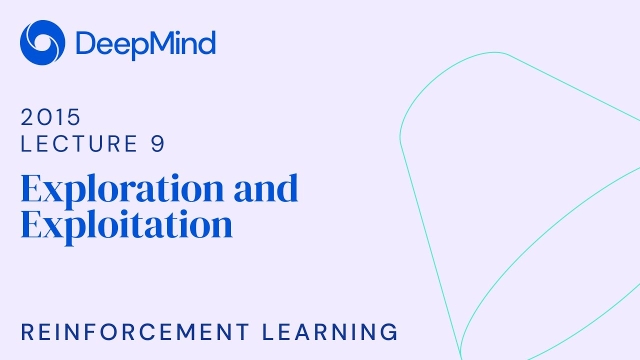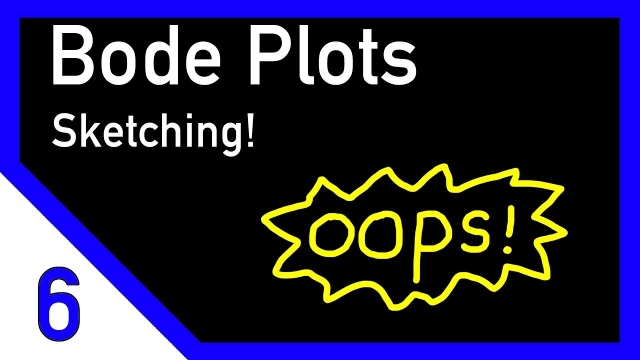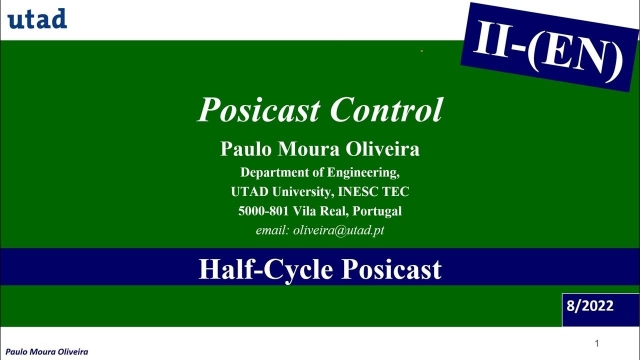
Derivation of the 1D Wave Equation
In this video, we derive the 1D wave equation. This partial differential equation (PDE) applies to scenarios such as the vibrations of a continuous string. ...
See MoredRehmFlight VTOL - Teensy (Arduino) Flight Controller and Stabilization
dRehmFlight VTOL is a new flight controller and stabilization package intended to be used for small to medium sized hobby or research projects. dRehmFlight is the code, and the physical...
See MoreTikZ source Code: matlab2tikz example
TikZ source Code: matlab2tikz example
See MoreFinal Value Theorem and Steady State Error
This Final Value Theorem is a way we can determine what value the time domain function approaches at infinity but from the S-domain transfer function. This is very helpful when we're trying...
See MoreTypes of Machine Learning 2
This lecture gives an overview of the main categories of machine learning, including supervised, un-supervised, and semi-supervised techniques, depending on the availability of expert labels...
See MoreFrequency domain – tutorial 12: FT of periodic signals
In this video, we learn how to find the Fourier transform for periodic signals. The following materials are covered:1) relation between Fourier transform and...
See MoreComputing Euler Angles: The Euler Kinematical Equations and Poisson’s Kinema...
In this video we discuss how the time rate of change of the Euler angles are related to the angular velocity vector of the vehicle. This allows us to design an algorithm to consume...
See MoreSolving the Heat Equation with the Fourier Transform
This video describes how the Fourier Transform can be used to solve the heat equation. In fact, the Fourier transform is a change of coordinates into the eigenvector coordinates for the...
See MoreControl systems with non-minimum phase dynamics
This video describes control systems that have non-minimum phase dynamics, characterized by a zero of the input--output transfer function in the right-half-plane. Physically, these systems...
See MoreTime domain - tutorial 6: elementary signals
In this video, we cover two elementary signals, unit step and unit impulse, which will be extensively used in this course. The following materials are covere...
See MoreLecture 5: Block Diagram Reduction
Transfer Functions in Simulink for Process Control
An introduction on deriving transfer functions from a linearized state space model via Laplace Transforms, and how we can input transfer functions into Simul...
See MoreLectures on Adaptive Control and Learning by Tansel Yucelen
A serie of lectures on the topic of adaptive controllers.
See MoreLecture 15: Root Locus
Understanding PID Control, Part 3: Expanding Beyond a Simple Derivative
This video describes how to make an ideal PID controller more robust when controlling real systems that don’t behave like ideal linear models. Noise is generated by sensors and is present in...
See MoreDirect Design Example for PID Controller
I go through an example problem of how we can use Direct Design (also called Direct Synthesis) to determine the tuning parameters for a PID controller, given...
See MoreStanford CS234: Reinforcement Learning | Winter 2019 | Lecture 13 - Fast Rei...
Professor Emma Brunskill
Assistant Professor, Computer Science
Stanford AI for Human Impact Lab
Stanford Artificial Intelligence Lab
Statistical Machine Learning Group
MIT 6.S191: Introduction to Deep Learning
MIT's introductory course on deep learning methods with applications to computer vision, natural language processing, biology, and more! Students will gain foundational knowledge of deep...
See MoreLecture 1 Introduction to Automatic Control
How to Land on a Planet (and how it'll be done in the future!)
This video covers the basic ideas behind how engineers develop the algorithms that allow autonomous robots to land on other planetary bodies.
See MoreEquations of Motion for a Planar Vehicle
In this video we outline equations of motion for a simple planar vehicle. This model is suitable for vehicles such as boats or hovercraft that that are rest...
See MoreRL Course by David Silver - Lecture 9: Exploration and Exploitation
An overview of multi-armed bandits, contextual bandits and Markov Decision Processes.
See MoreCORRECTION: Bode Plots by Hand: Complex Poles or Zeros
I explain how to determine the straight-line estimate of the Bode Plot for a second order transfer function with a pair of complex poles. This video is a repeat of the last half of the Bode...
See MorePosicast Control 2 - ( In English )
This video is about the Half-Cycle Posicast. It includes some hints about how to simulate this type of control using Simulink
See More
